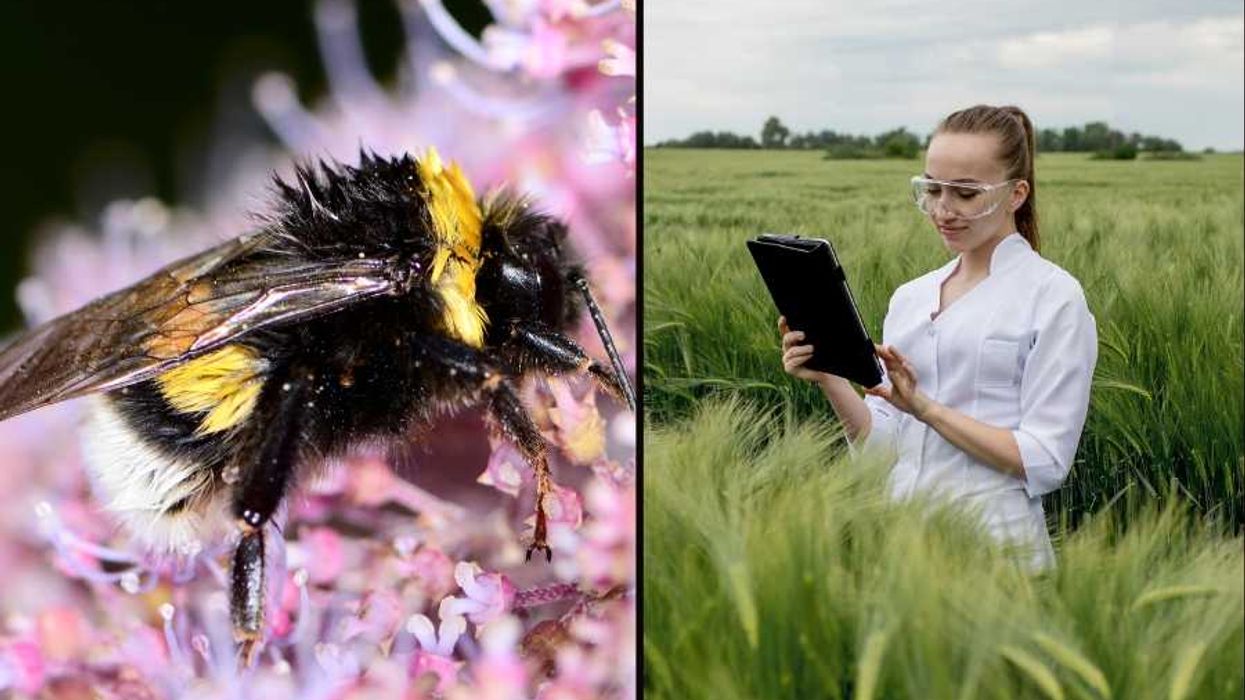The documentary adaptation of Michael Pollan's The Botany of Desire looks at our relationship with plants-from the plants' perspective.
Bees, as we all know, unwittingly help flowers reproduce as they collect nectar. But humans have a strange and symbiotic relationship with plants, too-and it's one in which we are manipulated more than we realize. That relationship is the subject of The Botany of Desire, a documentary adaptation of Michael Pollan's eponymous 2000 book that will air on PBS on October 28.The film, directed by Michael Schwarz and narrated by Frances McDormand, is a two-hour survey of man's relationship to four plants: apples, tulips, marijuana, and potatoes. For Pollan, each plant tells a different story about human desire. The apple exemplifies our desire for sweetness. Following a path from the mountains of what is now Kazakhstan to the fields of New England, the fruit-with a sweetness rarely found in nature-promised a caloric bounty for our foraging ancestors. The tulip, which could sell for millions of dollars during the Dutch tulip craze of the 1630s, stands for our infatuation with beauty, order, and color. Through marijuana, Pollan explores the human desire for intoxication, our need to forget, and our obsession with altered consciousness. Lastly, the humble potato provides an example of our desire for control, for absolute control over our sustenance.The film explores this co-evolution between human and plant from the plant's point of view. We generally assume that, through selective cultivation, humans have shaped plants for our own purposes. But perhaps the plants have also domesticated us. Pollan suggests that, by exploiting certain human desires, these four plants have molded humans for their own evolutionary ends, to spread their genes in ways they couldn't achieve on their own. To convey this plant's eye view, Schwarz shoots low and close, peering through the petals and leaves, capturing images both sweeping and intimate.Ultimately, Pollan and Schwarz hope to make the point that any order we think we impose on nature "is temporary or illusory." The film asserts that our environment shapes us-perhaps even more than we shape it. For Pollan "plants are mirrors in which we see ourselves and our desires." By examining what we eat, fetishize, smoke, and drink, The Botany of Desire provides a unique view into who we are-and what we hope to become.The Botany of Desire airs on PBS stations on October 28 at 8 p.m. Guest blogger Adam Starr is a freelance writer. He lives in San Francisco.
















 Otis knew before they did.
Otis knew before they did.